Rugby and concussions: When will the sport come to its senses and tackle this serious problem?
Concussion continues to be a major issue for rugby, and not just at the high-profile professional level. However, as Sam Peters discovers, any effective solution seems to be a long way off
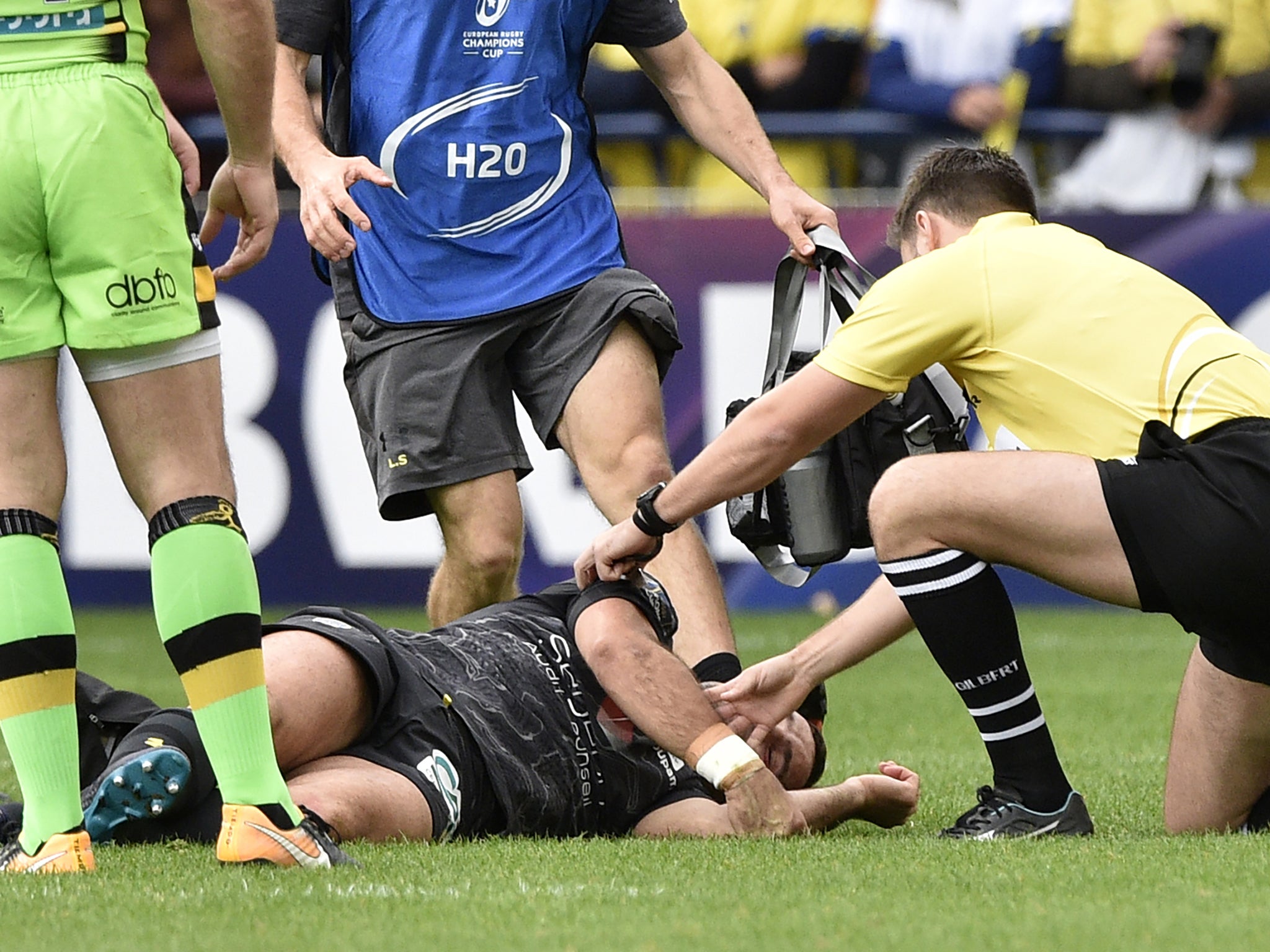
It is hard to pinpoint precisely when rugby admitted it had a concussion problem. In 2011, 14-year-old Northern Ireland schoolboy Ben Robinson died after being allowed to play on despite demonstrating clear signs he’d suffered a significant brain injury during an Ulster schools game between Carrickfergus Grammar and Dalriada.
“If one single person playing, refereeing or watching that game had been educated about concussion, Ben would still be alive today,” says his father, Peter, who has gone on to campaign tirelessly for improved concussion education across all sports.
Ben’s death, subsequently diagnosed as being caused by “second impact syndrome” when the adolescent brain, swollen following an initial impact, is susceptible to catastrophic damage if subjected to a further blow, did not lead to widespread calls for change to a sport beloved by its participants precisely because it is so physically demanding. Indeed, in rugby circles, Ben’s death hardly registered outside his local area
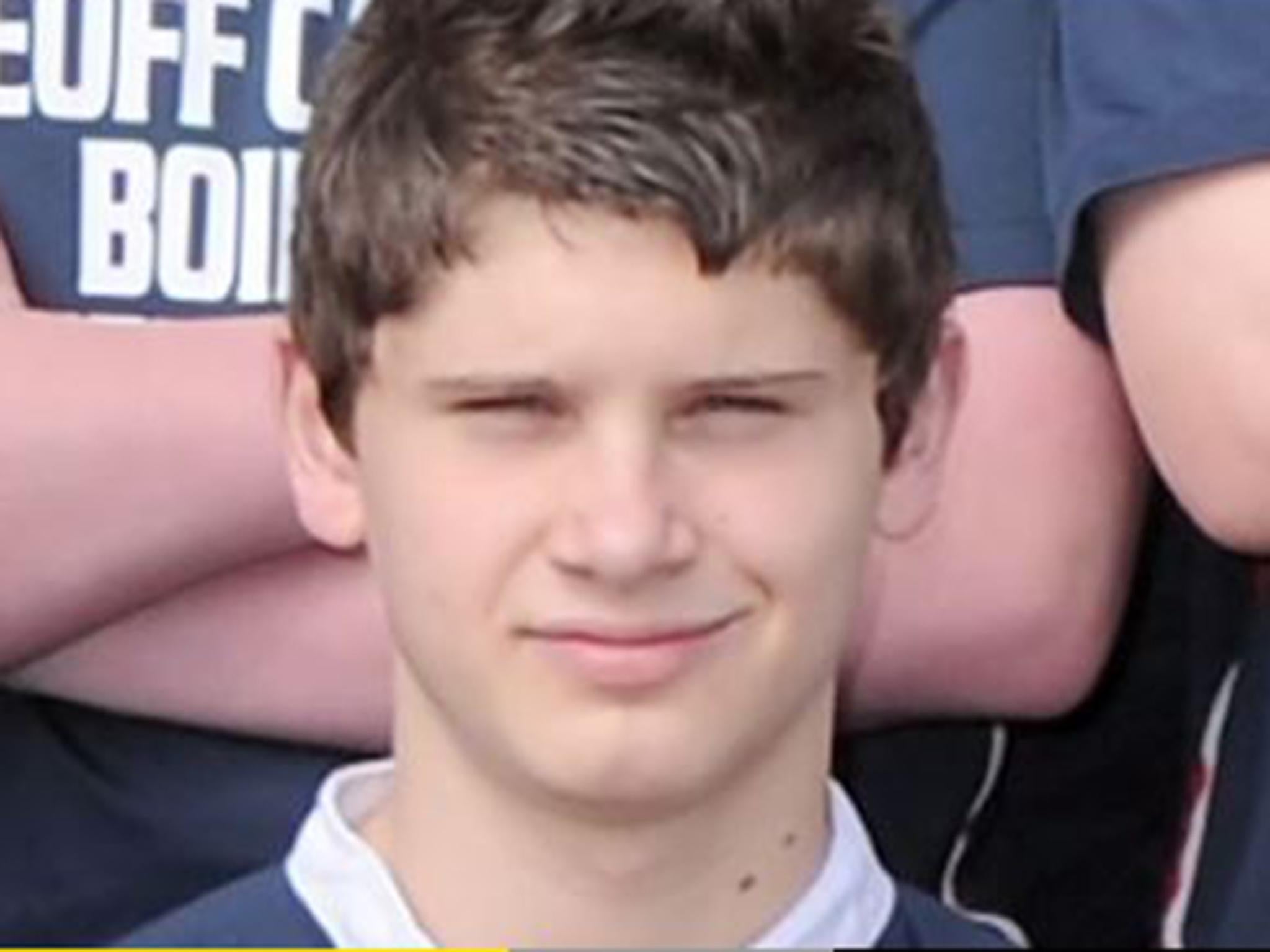
In 2012, Dr Barry O’Driscoll, a medical advisor to the International Rugby Board – the sport’s global governing body now known as World Rugby – resigned in protest at the introduction of a new test in the professional game known as the Pitch Side Concussion Assessment, which permitted team medics a five-minute window to assess whether a potentially concussed player should be allowed to carry on. Again, O’Driscoll’s shock resignation attracted only fleeting media attention at the time, despite his impassioned attack on a medical assessment he feared would inevitably lead to brain-damaged players being returned to the field of play.
“It is a completely unjustified experiment,” the former Ireland international said at the time. “It’s playing Russian roulette with rugby players’ health. We have to protect the players from themselves because they will pay for it later in life. Hips and knees can be replaced. We only have one brain.”
It wasn’t unusual to laugh openly at a player suffering the effects of a head knock. It was normal. It was funny
In 2013, a year after O’Driscoll’s resignation and the same year a Belfast coroner found Ben Robinson had died from second-impact syndrome, the National Football League (NFL) agreed to pay out $765m (£578m) to former American footballers suffering long-term neurological conditions linked to repetitive brain trauma.
A disease known as Chronic Traumatic Encephalopathy (CTE) – formerly known as punch drunk syndrome or dementia pugilistica and thought to be found only in dead boxers – had been discovered in the brains of several diseased high-profile NFL players by a neuropathologist called Bennet Omalu.
Despite strong denials from within rugby’s medical circles, including a strongly held belief by some that concussions suffered in helmeted sports (American football) were in some way different to those suffered in non-helmeted sports (rugby), the penny began to drop that rugby may too have a problem. Gradually, a previously taboo subject became worthy of note.
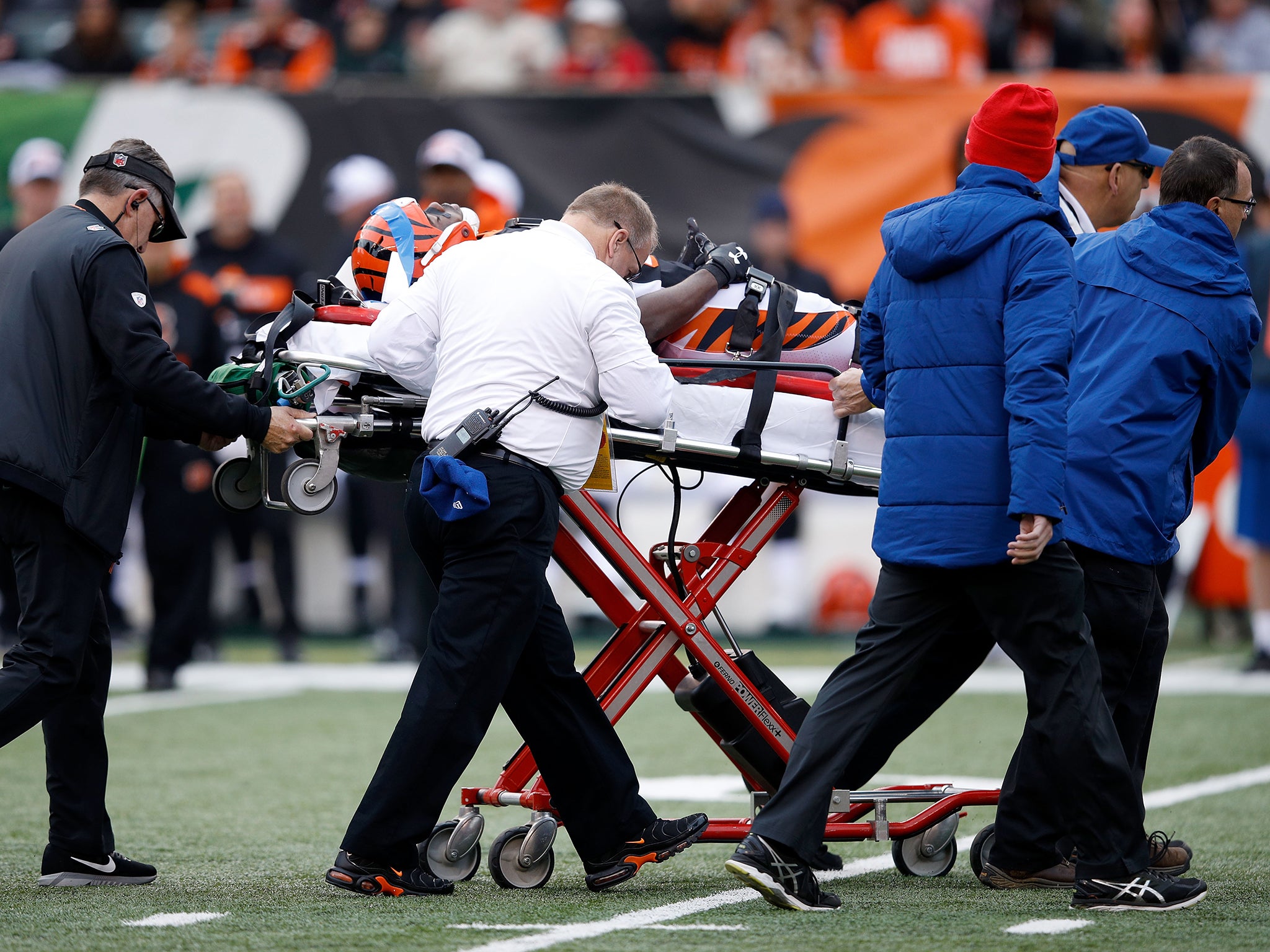
A string of high-profile rugby players, including former England captain Lewis Moody, began to share their own personal experiences of an injury which had previously been seen as a sign of weakness, or even potentially comic material. “We used to treat concussion as a joke,” said Moody, who suffered multiple concussions in a 14-year professional career which saw him nicknamed “Mad Dog” for his unfailingly committed approach.
“I remember one game, against Tonga in the 2007 World Cup, when I was knocked clean out early on in the game and didn’t have a clue where I was. I carried on playing and had to hold on to [teammate] Martin Corry, who led me around the field while I came to my senses. It was something we just accepted as players. It wasn’t unusual to laugh openly at a player suffering the effects of a head knock. It was normal. It was funny.”
As more high-profile players such as Moody spoke out, gradually attitudes began to change. In January this year, 23-year-old French student Nathan Soyeux, became the fourth rugby player to die in the space of eight months from injuries sustained on the field. Soyeux, an engineering student in Dijon, had been admitted to hospital last November after feeling unwell following a tackle and placed in an induced coma after complaining of nausea and losing consciousness. He died six weeks later after suffering an adverse reaction as doctors attempted to wake him from his coma. Soyeux’s death followed that of 18-year-old Stade Francais flanker Nicolas Chauvin (broken neck in tackle) last December, 21-year-old Aurillac player Louis Fajfrowski (cardiac arrest caused by tackle) and 17-year-old Billom player Adrien Descrulhes (brain injury).
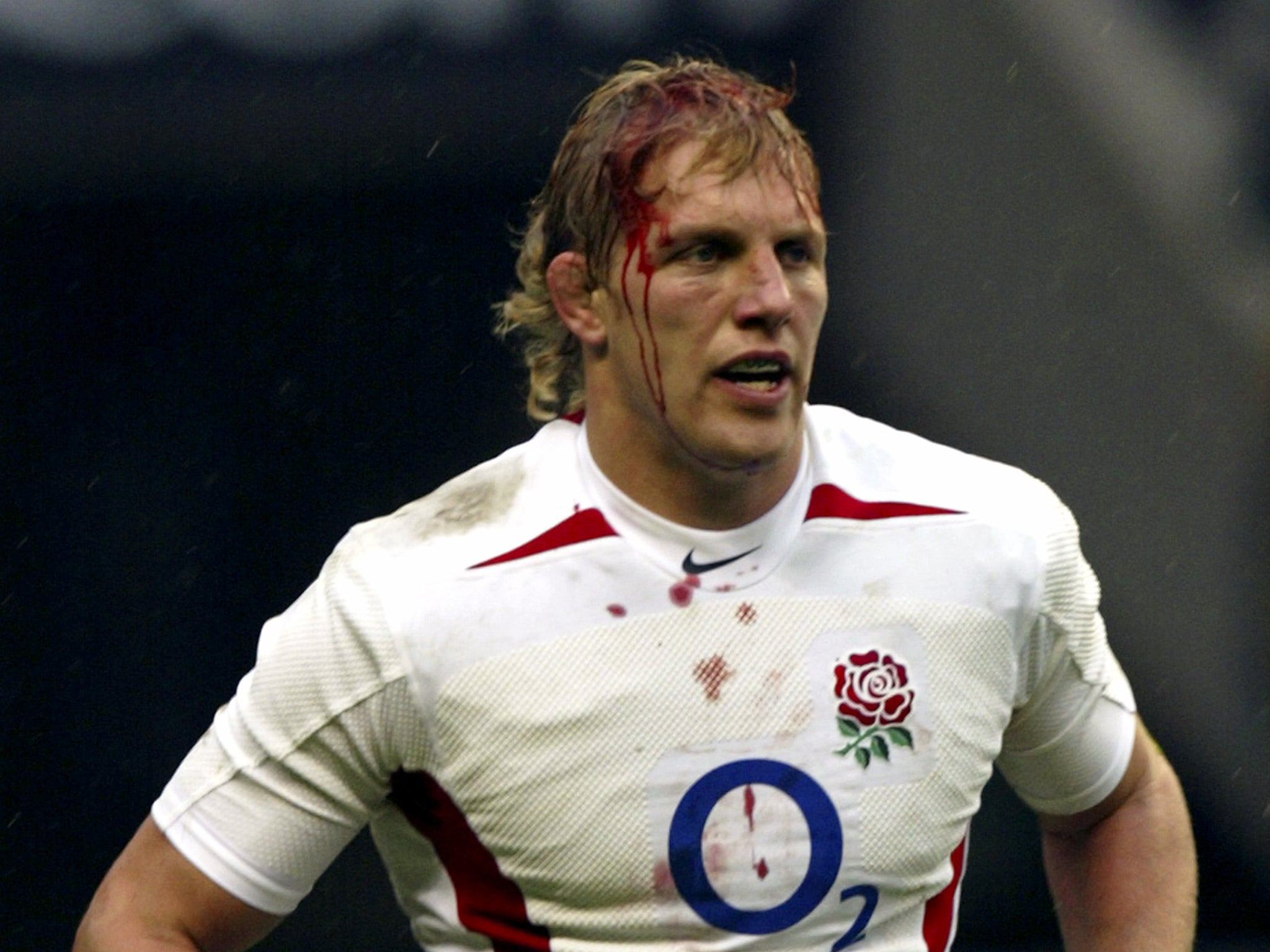
No one in rugby is laughing now.
At the end of this month World Rugby will hold a global conference to discuss player health and how to make the game’s laws safer, with many inside and outside France calling for radical law changes to reduce the risks to players in a sport which has changed dramatically over the past 25 years. To many in rugby, which turned professional in 1995 and has seen the average weight of an international player rise by more than two stone during that time (to around 16st 5lb), there is a clear connection between increased size, strength and power and an alarming spike in injuries, not least concussion.
“Strength and condition has created a monster,” says Peter Robinson. “The game at the top now is unrecognisable from the game played 20 years ago or the one I played when I was a lad. Can you imagine if [Wales legend] Phil Bennett or [(Ireland legend] Jackie Kyle came on the scene now? They wouldn’t get a look in. My biggest worry is that you’re seeing that change at schools level now. It’s not just the professionals who are getting bigger, stronger and faster. The kids are too. I’ve no doubt that will lead to more concussions.
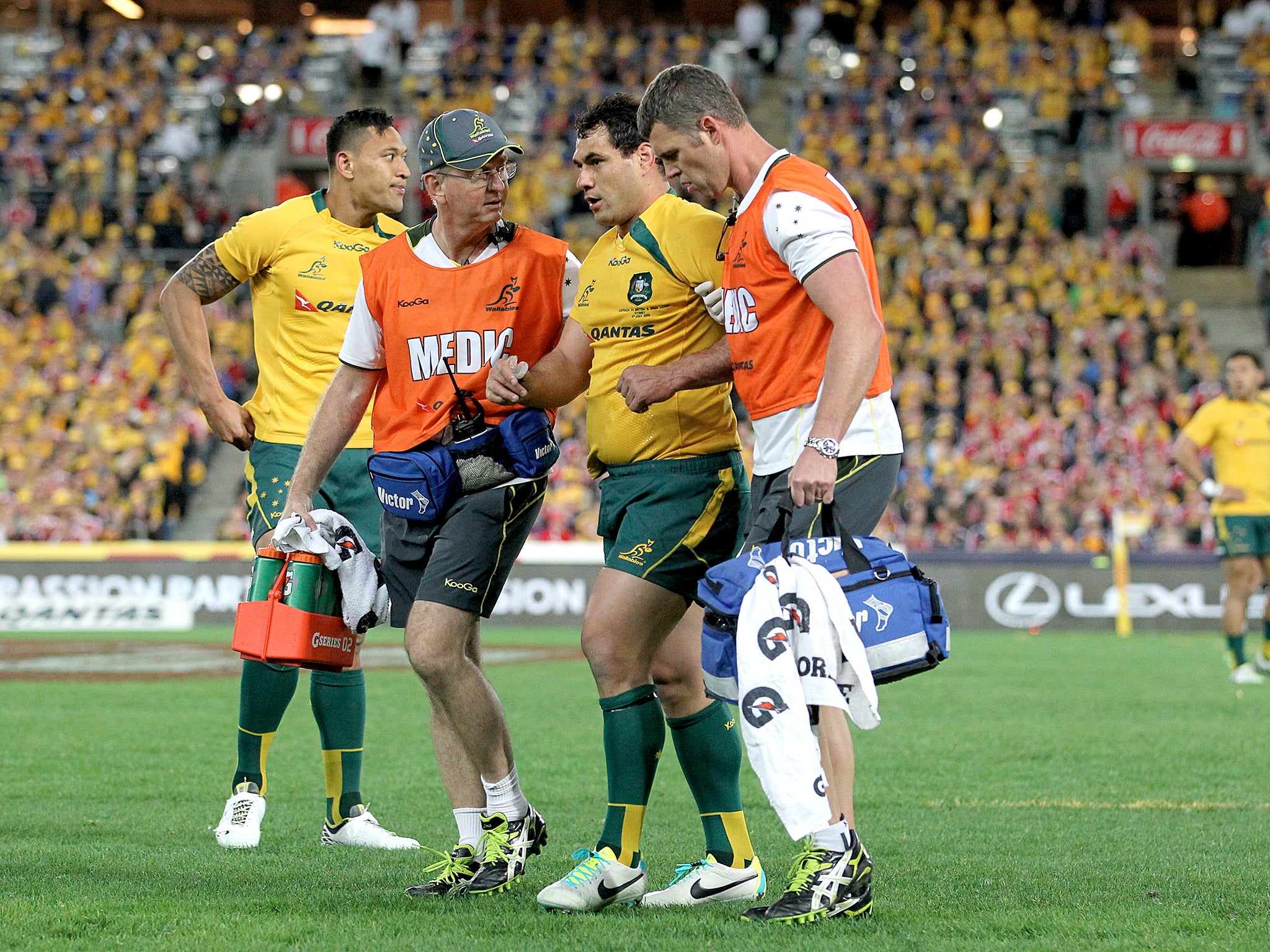
“Ben’s death hardly registered with people in rugby. Hearing about those young lads dying in France brought it all back to me and my family. There are four families there only beginning their journey. Perhaps it is going to take a death in a televised game for people to really sit up and take notice.”
While improvements in sports medicine, nutrition, conditioning and medical facilities have improved recovery rates from muscular and skeletal injuries, so far finding a way to reduce the rise in concussion rates is proving elusive. In January this year, the Rugby Football Union’s Professional Injury Surveillance Project, by far and away the most extensive injury audit in rugby, found concussion to be the most likely injury for a professional player to suffer for the seventh year running.
If one single person playing, refereeing or watching that game had been educated about concussion, Ben would still be alive today
Senior rugby medics deny the increase in players’ size is linked to increased concussion rates but the sheer scale of some collisions in the professional game make even some seasoned rugby observers wince. “We’re seeing injuries today which you used to only see in car crashes,” said former Auckland traffic policeman Wayne Pivac, who will take over as Wales head coach from Warren Gatland after this year’s World Cup in Japan. “We’re seeing hamstrings torn off the bone, horrendous knee injuries while the concussions are well documented.”
With mounting evidence linking repetitive head injuries with CTE and other serious neurological illnesses including Motor Neurone Disease, which is beginning to be seen with increasing frequency in recently retired professional rugby players including former South Africa captain Joost Van Der Westhuizen and ex Scotland lock Doddie Weir, a gradual but noticeable cultural shift is occurring. Previously vociferous figures who argued seeking to make law changes designed to reduce head injuries was in some way “soft” are less outspoken, while incidents of clear mismanagement of head injuries, such as when Wales wing George North played on after being knocked out twice against England in 2015, are noticeably less common.
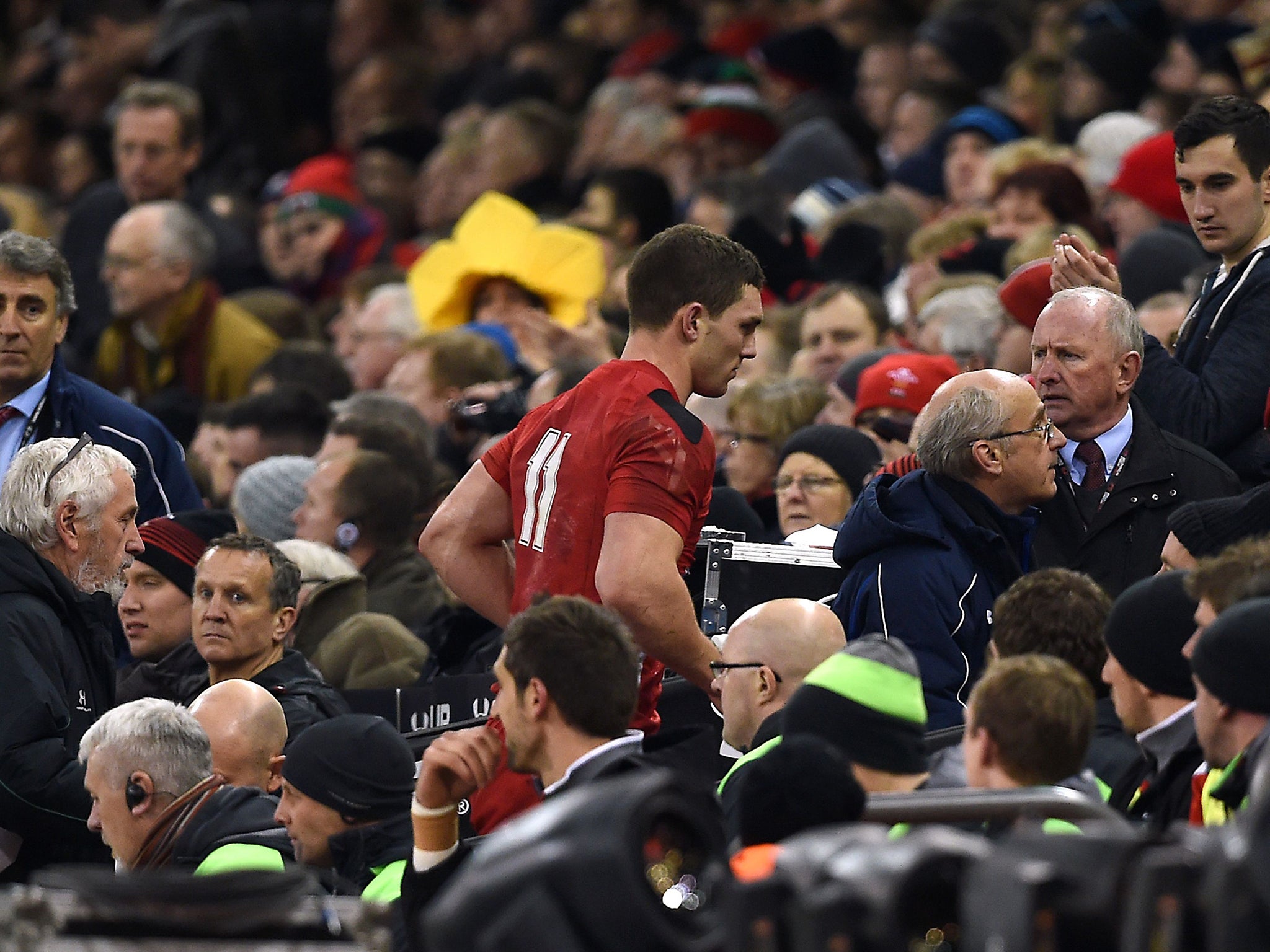
There has been a shift in the media’s attitude too, with commentators now far less likely to be heard heralding a player’s bravery for carrying on with a clear brain injury, and instead lauding medics for making sensible decisions around a player’s health. Only last month Scotland fly-half Finn Russell was withdrawn from the Six Nations international against France after suffering a head injury playing for French club Racing Metro the previous week.
Russell went on to give a television interview before his team faced France to explain that, while he was disappointed not to be playing, his long-term health was more important. For many, it was an encouraging message. “That felt like a changing of the tide,” says Peter Robinson. “That would never have happened in the past. I’ve no doubt a decade ago Finn would have played in that game. By giving that interview he showed great leadership.”
The Scottish Rugby Union, which resisted the introduction of the Pitch Side Concussion Assessment (subsequently rebranded as the Head Injury Assessment) to the Six Nations competition in 2012, has been consistently ahead of the concussion curve with highly regarded chief medic, James Robson, a leading figure. The “Recognise and Remove” message is clearly visible on advertising hoardings within the BT Murrayfield Stadium, while other unions have been more resistant to publicly promoting a concussion-related message. Some believe that is purely down to commercial reasons with sponsors sensitive to the negative connotations associated with concussion.
After a slow start, and clear resistance from some within the union, the RFU and English game as a whole has taken steps to address the problem. In 2015, the RFU and Premier Rugby, which governs the top domestic league, introduced a mandatory online concussion awareness module for all coaches, officials and players, while the English Premiership subsequently became the first league in the world to introduce an instant video review system to spot potential concussions on the sidelines.
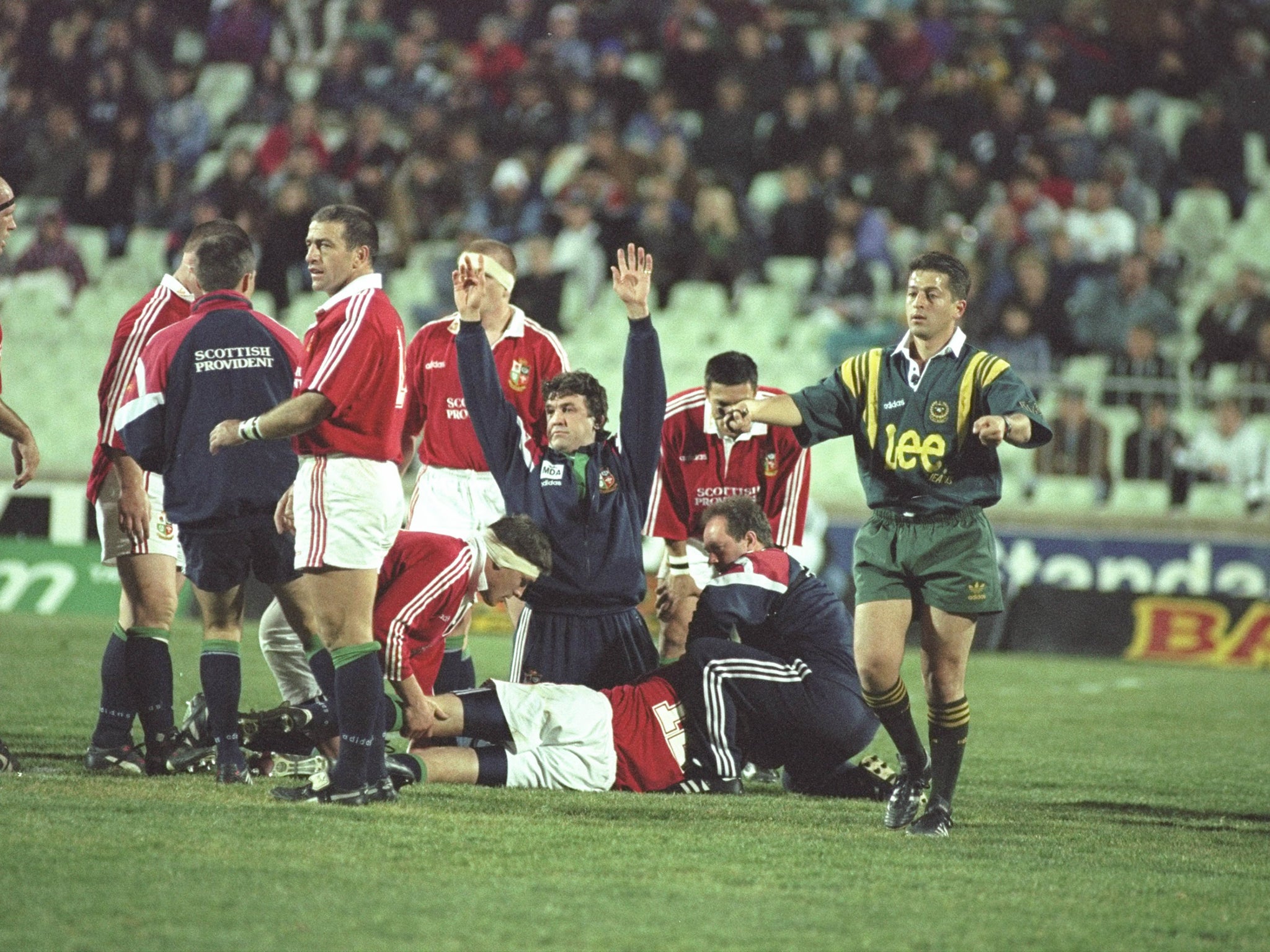
World Rugby, the world governing body, has also sought to make good on its often derided proclamation that “player welfare is our number one priority”, by making its first public call for referees to show zero tolerance to head contact in professional matches in 2016. “The laws of the game clearly state that the necks and heads of players are sacrosanct,” said World Rugby’s match officials selection committee chairman Anthony Buchanan at the time. “When it comes to foul play, the game is cleaner now than ever before but referees must constantly be alert to head-high hits. By taking this strong approach, we are saying to players that tackling an opponent above the shoulder line will not go unpunished.”
It’s admirable that an effort is being made, but I don’t expect things to change significantly
Last year the RFU introduced a trial in the English Championship aimed at reducing the legal tackle height below chest height in a bid to reduce concussions. Some were sceptical before it began. “I cannot see how tweaking the laws here and there are going to make any substantial reduction to the number of concussions players,” said former Saracens captain Alistair Hargreaves ahead of the trial last August. “It’s admirable that an effort is being made, but I don’t expect things to change significantly. Rugby is a high-impact sport with big strong lads running at each other. There will always be concussions. My main concern is how concussions are recognised and treated and how players are looked after. People are looking for a silver bullet to reduce concussion but the fact of the matter is there isn’t one.”
Hargreaves was proved correct sooner than many expected. The trial was halted midway through the season as data generated demonstrated the alterations to tackle height had actually caused an increase in concussions being sustained by the tackling player. The RFU blamed the law of unintended consequences and played down the significance of ending the trial, previously described as “critical” to player welfare, prematurely. In reality, it was a hugely significant blow. So where does rugby go now?
This month’s World Rugby symposium in France, where there is now a growing interest at governmental level to see what the sport can do to minimise risk to its participants, will need to provide some answers. Protective headgear has been proven not to work, trials to measure force and velocity sustained by players on the field have met with limited success, while the “silver bullet” Hargreaves referred to such as pitchside saliva tests or usable real-time impact data for pitchside medics, remains a distant dream.
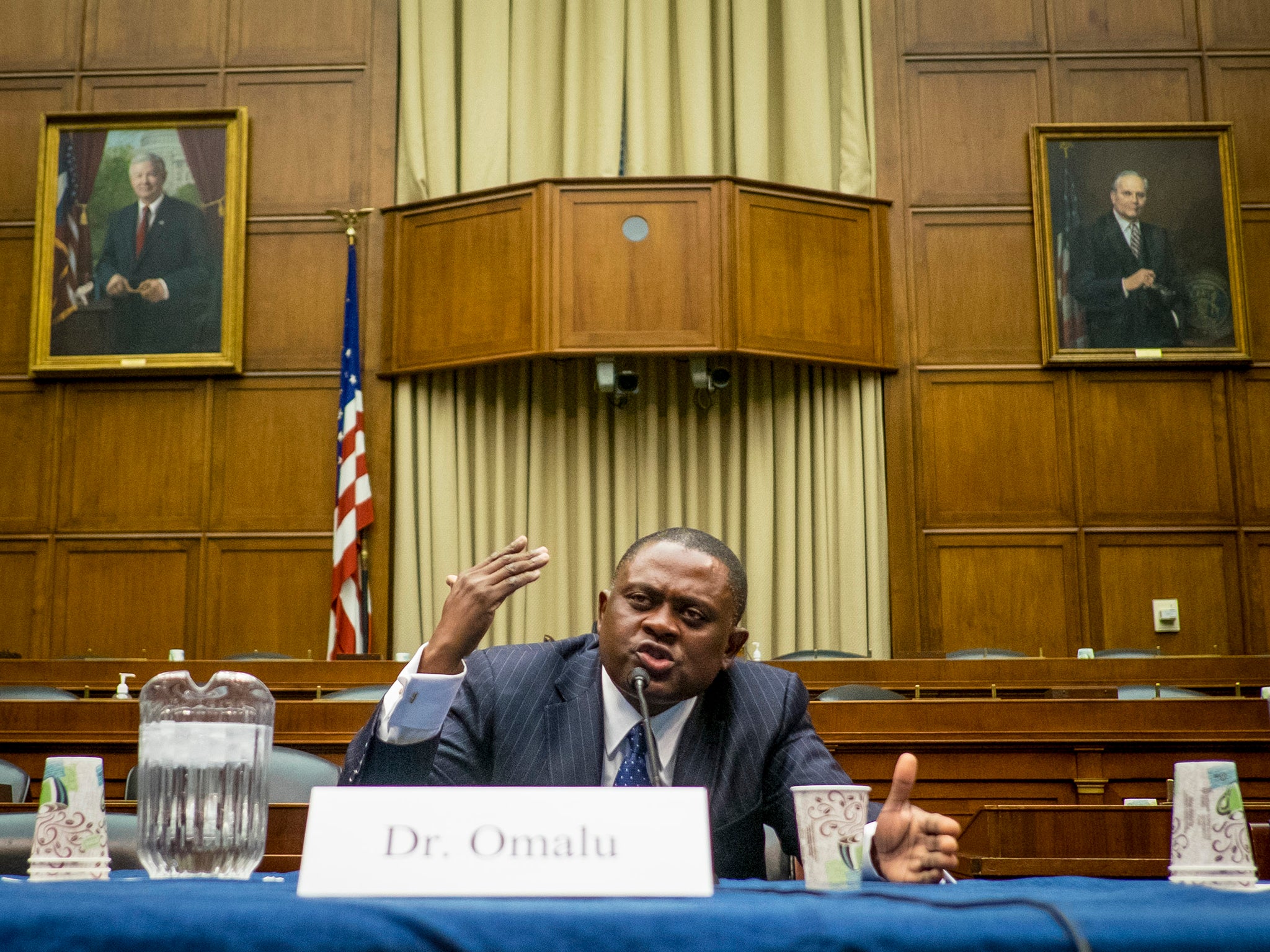
Demands for an outright ban on tackling at school level, such as the one called for last year by Professor Allyson Pollock and a group of other concerned GPs, have had a polarising effect and alienated a rugby community which prides itself on the bravery of its participants but is gradually accepting decades of ignoring the problem may have caused untold long-term damage.
Many believe a radical reduction of matches professional players are asked to play, including limits on contact training to reduce what are known as sub-concussive blows, is the only way to make a serious dent in the problem. But with more money pouring into the game at the elite level, and more being demanded of its players, hopes of reducing player load remain distant.
With players more informed about the long-term risks associated with playing the sport, a threshold may be reached where the game’s top stars decide “enough is enough” and enact strike action which has been talked of in the past, but never acted upon. While the prospects of reducing concussions in the short term at a professional level appear bleak, despite admittedly improved management of the injury across the game, there remains hope at grassroots level.
Anecdotal evidence shows a far greater awareness of the risks of playing on with concussion, especially at school level when children’s brains are more susceptible to second impact syndrome, while governing bodies appear far more willing to engage with the issue today than they ever have been in the past. Increased media attention and the threat of litigation has no doubt played its part but that a gradual cultural shift is occurring is undeniable.
“Sometimes it feels like two steps forward and one step back,” says Peter Robinson. “It is desperately frustrating sometimes to hear the attitude of some people within the game towards those of us who love the game dearly but believe it has to adapt and change as players grow bigger and faster. You still hear players being asked if they want to carry on but that decision must be taken out of their hands. If I never again hear a player being asked if they want to carry on, at least then I will know my son did not die in vain.”
We may never know precisely when rugby woke up to concussion. In some ways that doesn’t matter. What it does next, will define the sport for good.
Join our commenting forum
Join thought-provoking conversations, follow other Independent readers and see their replies
Comments